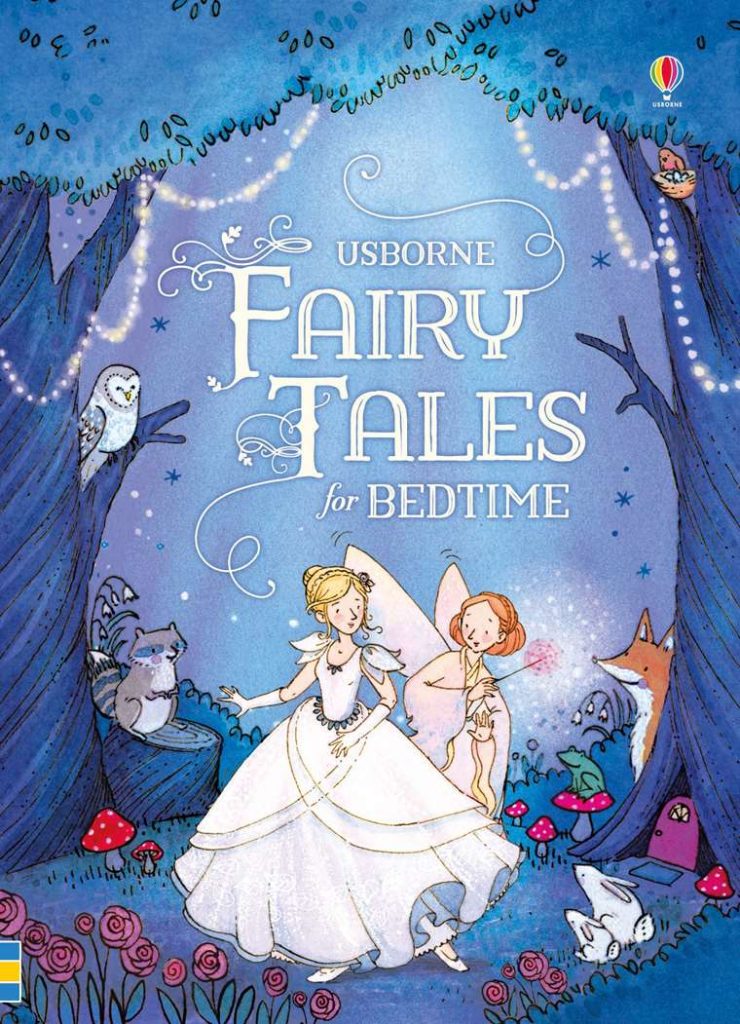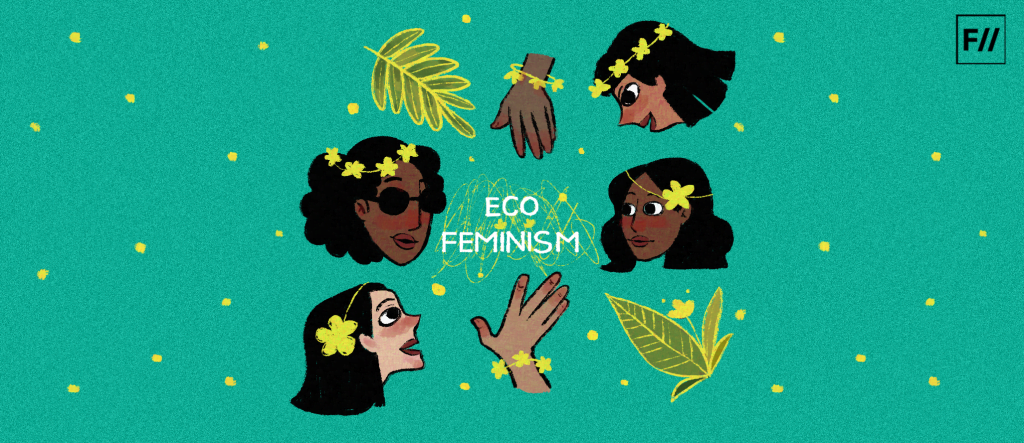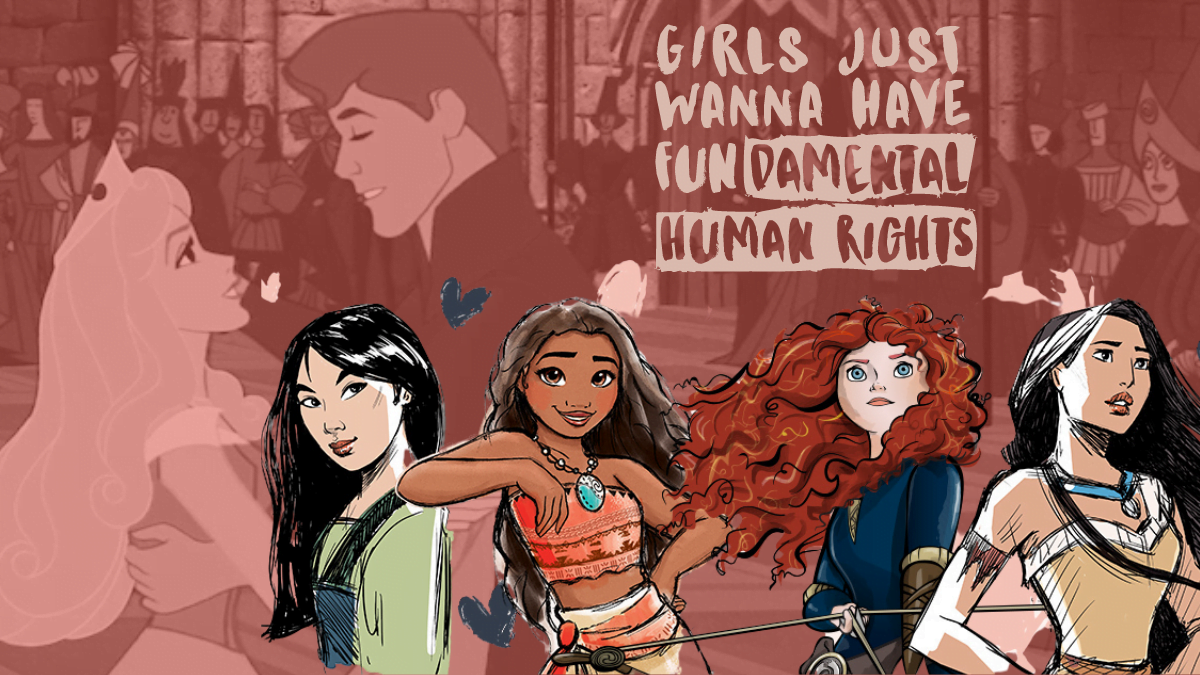Editor’s Note: This month, that is October 2020, FII’s #MoodOfTheMonth is Childhood and Relationship With Parents and Family, where we invite various articles to highlight the different experiences that we all have experienced in some form or another in our birth or chosen families and have been negotiating with them every day. If you’d like to share your article, email us at pragya@feminisminindia.com.
I am yet to embrace motherhood and hence, buying a gift for a toddler continues to remain a challenge. I was recently trying to courier something for a friend’s daughter, and as a personal favourite, I eventually started browsing through books on e-commerce portals and came across many that contained the same narratives that I read 30 years ago.

Moving on From Princes and Castles
Women and young girls were rescued by a prince charming, two cruel step-sisters taking their vengeance out on a dainty and innocent girl and saw frogs turning into handsome, young men. It really got me thinking as to why the narratives haven’t changed over decades, and why we are still hell bent on making young children believe in halo-decked stories, and keeping them away from the real stories of triumph, aspirations and grit of ‘real people.’
While innocent, young minds are too naïve to understand the complexities of the current circumstances, stories of inspiration of real-life heroism, guts and valour should definitely be simplified in an attempt to provide an interesting and visually appealing narrative for our children.
Storytelling has always been a great way for helping kids understand and develop a sense of respect and curiosity for other cultures, people, geographies and also stories narrated by kith and kin during a child’s developing years has always helped children develop language, listening, comprehending and many such skills.
Storytelling has always been a great way for helping kids understand and develop a sense of respect and curiosity for other cultures, people, geographies and also stories narrated by kith and kin during a child’s developing years has always helped children develop language, listening, comprehending and many such skills.
Amidst increasing numbers of gadgets and unmissable noise from television and other digital platforms, the need to create a discreet corner that is supported by stories of inspiration, kindness, ambition and breaks the shackles of gender stereotyping has become even more imperative.
Also read: COVID-19: Why Is Social-Emotional Learning Important For Children
Reimaging The Fairy Tales We Tell
Narratives of guts and intellectual ambitions of a Shakuntala Devi, Kalpana Chawla, Mary Kom, Malala Yousafzai and APJ Abdul Kalam – simplified and made visually appealing will help the children of tomorrow to understand the power of hard work, education, sportsmanship and integrity. Stories describing concepts of climate change, environmental sustainability, and the pros and cons of digital media, post-simplifying some of the scientific jargon, can be sources of edutainment and visually engaging narratives.

We have unknowingly been exposed to narratives that have positioned women to be dainty, soured the image of a stepmother/sisters and clouded our minds about flawed perceptions of beauty and vanity.
Signs of Hope, But there is More to Be Done
While fairy tales and dolls aren’t a thing of the past yet, new narratives for children are gradually also emerging thanks to new contemporary digital formats. Eshwari Stories, a podcast in the Telugu language by Suno India, which educates children about the environment around them, is a good example of how narratives can amalgamate new concepts with storytelling for kids. Stories of kindness, sustainability, aspirations and innovation are also wonderfully told with a certain sense of responsibility and kindness by The Better India in multiple languages.
Similarly, When I Grow Up I Want To Be, sounds like an attempt towards reforming the concept of children’s storytelling (haven’t read this one personally).
Also read: Enid Blyton: The Problematic Writing Of The Children’s Books Author
Storytelling is ingrained as a hobby and a mode of earning knowledge in our culture, but like everything else around us this too needs a facelift to suit the demands of the world we are living in. The children of today’s era need to adapt to challenges that life throws at them with strength and acute awareness of changing sensibilities and geographies around them. While emerging edtech mediums are gradually being used for academia, storytelling of the new kind still remains to be the responsibility of our families.
Sneha has been in the media professional close to eight years now and has worked in the content space as a business journalist, media investment professional and currently works with a content app. She has also volunteered as a mentor to impart mobile literacy to rural women in West Bengal. Sneha has lived in multiple states across the country through her childhood and later work life has taken her to diverse regions across the country. She strongly believes that the idea of feminism evolves from empowering other women around us with education and economic opportunities. You can find her on Twitter and LinkedIn.
Disclaimer: The author has worked with Suno India and The Better India under different capacities in her previous role.
About the author(s)
Sneha has worked in the media ecosystem for over a decade and through her roles has always endeavoured to create impact and growth for concerned stakeholders. She has worked as a journalist, media investment manager and strategic partnerships for India's top news aggregator -- worked with regional language media houses, and women-centric projects/organisations, reported on key business events and executed projects, and mentored young aspiring journalists. She has also volunteered with organizations like Yunus Social Business, Facebook, ACTGrants and American India Foundation. Through her writing, she aims to explore the intersections of education, gender and technology and also loves writing about movies, web series and music.






Thanks for mentioning a topic that is near and dear to our hearts! Always exciting to learn about new storytellign initiatives…. incidentally, our little (ad)venture of stories for Kids- gaatha story, was mentioned by Prime Minister Modi Ji in last month’s Mann KiBaat Program. Our Bedtime stories, fairytals and tales of National Bravery Award Winners have found an ear in 6 languages.